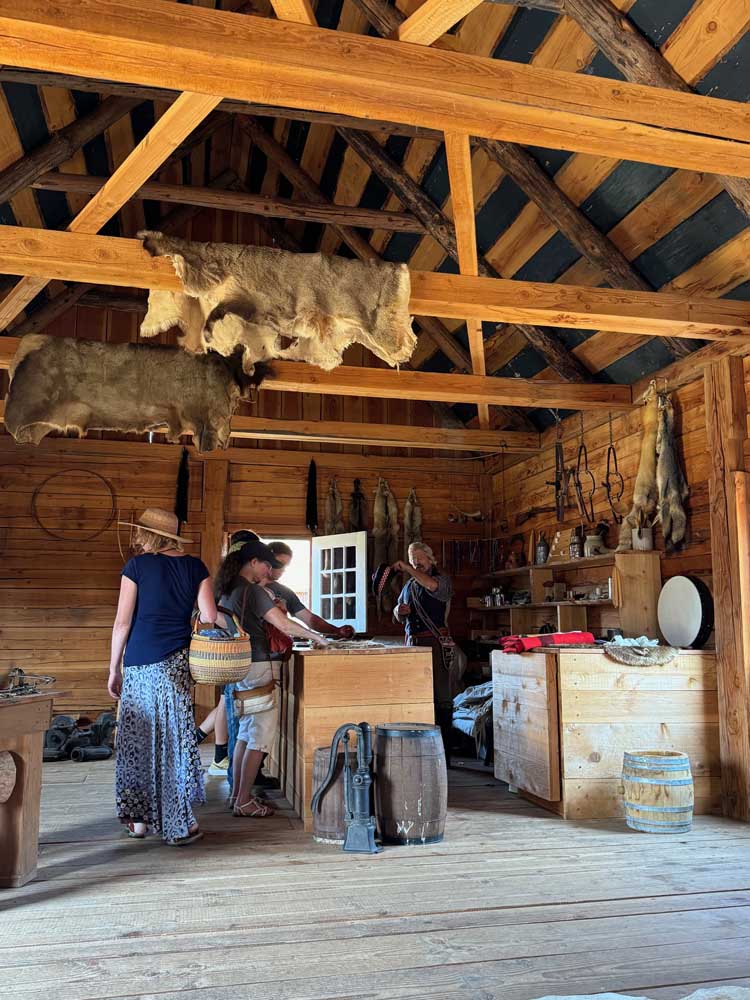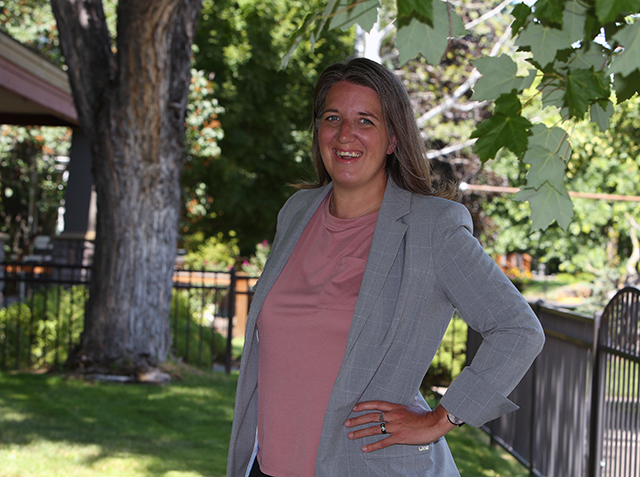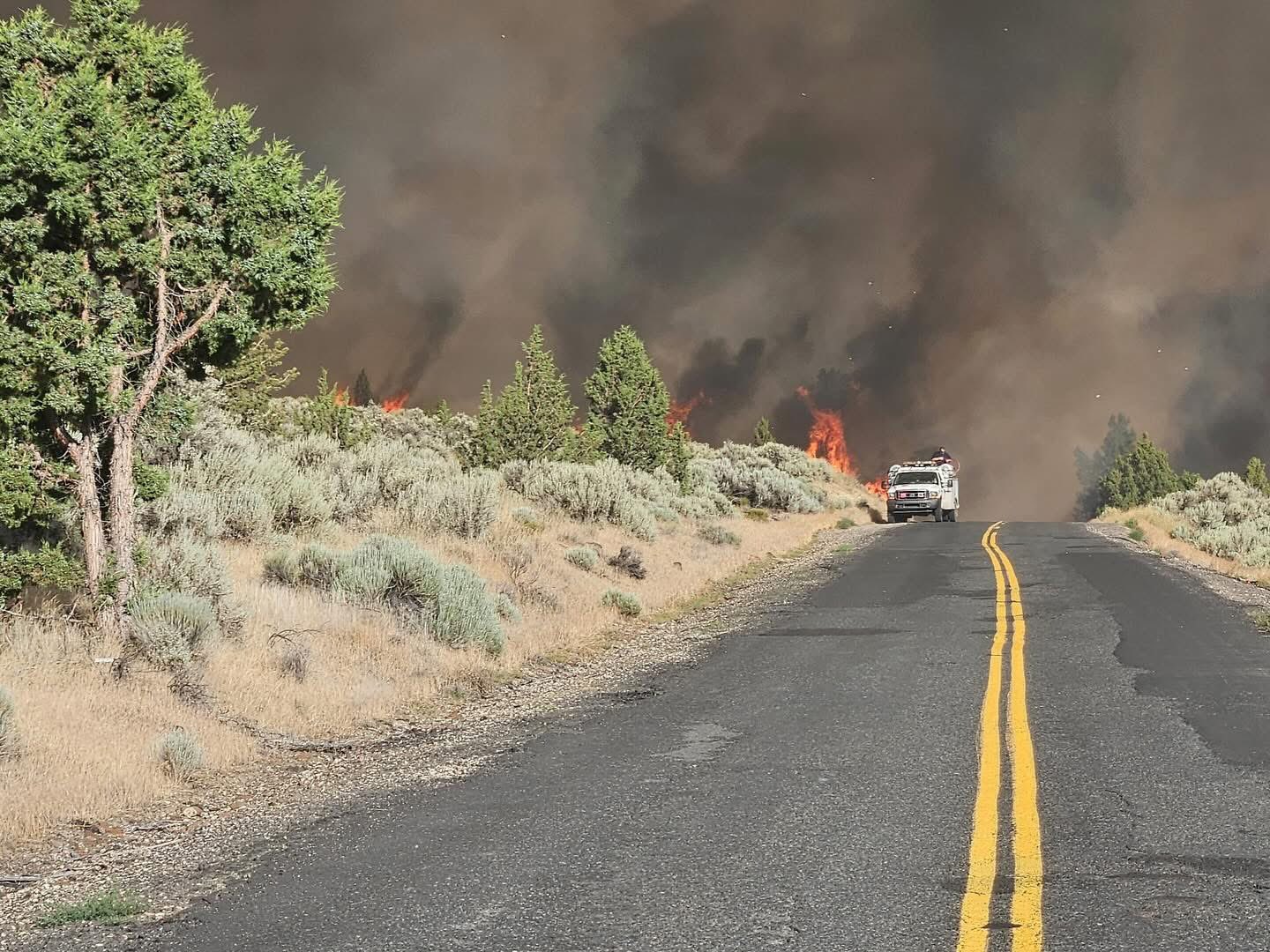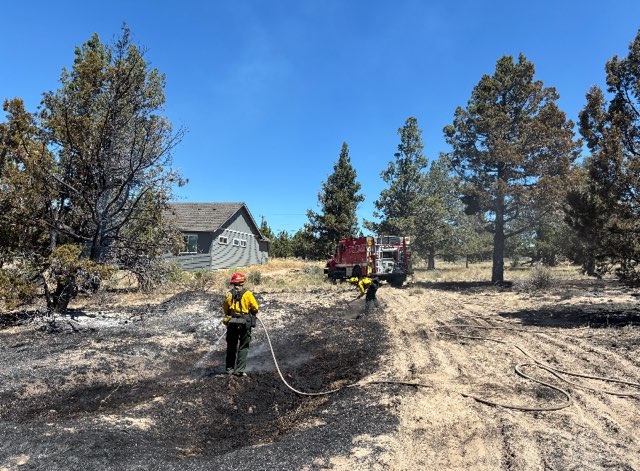Camping at Bastendorf Beach an adventure
Published 6:30 am Friday, September 13, 2024

- Fort Umpqua Days in Elkton is a good Labor Day stopover for barbecued hot dogs and a lesson in 19th century fur-trapping.
Family vacations almost never go off without a hitch. Inevitably, problems arise: a flat tire, an irritated spouse, a youngest child seeking attention in ways that can best be described as “low-level misdemeanor.”
The trick is to take the transitory moments of happiness for the morsels of joy they are and carry on to the finish.
Trending
Or you can simply abandon the whole damned enterprise a day early. Let’s face it, grinning and bearing it Chevy Chase-style during a rough vacation too often ends with couples counseling and tearful apologies, not a freeze-frame carnival ride with John Candy.
It was with this spirit that our planned 3-day Labor Day weekend sojourn to the southwest Oregon coast became a 2-day sprint to the beach and back.
I’ll explain.
The trip started off hopeful and happy. As parents who love nothing more than cramming local history into our children’s lifeless eyes, we stopped first in Elkton, a tiny former logging community about 3 hours from Bend and roughly an hour southwest of Eugene.
Fort Umpqua — a Hudson’s Bay Company settlement — predated the town, and served as the southernmost outpost for the HBC on the Umpqua River, where fur trappers harvested beaver pelts and sent them in 90-pound bales back to England for as long as beaver felt hats were fashionable.
Today, a replica of Fort Umpqua sits on the old site where, during Fort Umpqua Days (every Labor Day Weekend), volunteers dress in 19th century garb and demonstrate methods for tanning hides, felting pelts, and shaping hats — a multi-million-dollar industry, even in 1800s dollars. Vendor booths offer multiple kinds of wood art (methods ranged from chainsaw to high-voltage currents), pride flags, watercolors and all the cheeseburgers you can put down. Children who are game to learn — or, in our children’s case, forced to — can travel from station to station where the period actors provide lessons in frontier living. Attentive kids can earn keepsakes, such as bear claws and elk ivory beads as a form of currency.
Trending
Don’t forget to make your way to the Umpqua River itself, just a couple of hundred feet away, and admire the flat rocks and lazy flow, just begging for a flyrod and reel. For Central Oregonians, it’s a necessary balm for our High Desert chauvinism. Our region truly has no monopoly on beauty and recreation.
From Elkton, we skipped through North Bend and Coos Bay to our ultimate destination, Bastendorff Beach. This is where aspirational camping met reality: Bastendorff Beach County Park has 60-plus campsites where perhaps 30 or so would make sense. After 4-plus hours of driving and a 2-hour history lesson in 90-degree heat, we were ready to pitch a tent and fall into sleeping bags around 9 p.m. Sadly, the surrounding campground inhabitants were not so ready at 9 p.m., or 10 p.m., or, for some gawd-awful reason, at 2 a.m.
After managing about 30 minutes or so of fitful sleep during the entire night, we made the decision to briefly explore the local socked-in beaches and then about-face for home.
This is not to say that the Sunset Bay, Bastendorff Beach and Cape Arago environs aren’t worth a thorough exploration. The beach itself is wide and sandy, great for kite-flying or just an hour of beachcombing. We spotted a live crab who was, uh, crabby about any attempts at relocation.
Just off the beach is the Cape Arago Lighthouse on an island with sheer cliffs referred to as “Chief’s Island” and returned to the Coos Indians in 2006. Erected in 1866, the lighthouse and its adjacent “lifesaving station” was risky work for staff. Thomas Brown, the keeper of the lifesaving station, was caught in a gale in the early 1880s while rowing to resupply the island. He subsisted on a can of oysters, a beet and a sack of onions for three days until he finally made landfall in Florence three days later.
You don’t need a risky rowboat ride to explore the area nowadays. An 8-mile out-and-back trail from Sunset Bay State Park to Cape Arago State Park, via Shore Acres State Park, is a very accessible hike. You’ll experience gentle terrain, access to “secret” beaches and hundreds of sea lions, pelicans along with legions of other coastal life, including the grim sight of turkey vultures feeding on a sea lion carcass. (Here’s to nature’s garbage collectors — they’re the real MVPs). The trail has multiple drop-in points all along Cape Arago Scenic Highway 540, which dead-ends at Cape Arago State Park.
On the way home, don’t forget to admire the herds of elk basking at the Dean Creek Elk Viewing Area just off Highway 38 a couple miles east of Reedsport. As I observed a bull strutting through the herd, his antlers held aloft, I felt confident that he, too, would have deserted a noisy campsite for home whenever the mood struck.
Horses and Granite: Why you should wallow in the Wallowas








